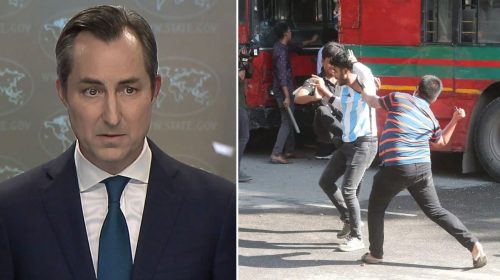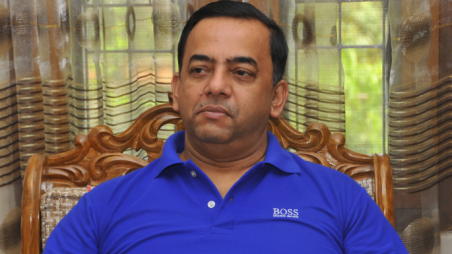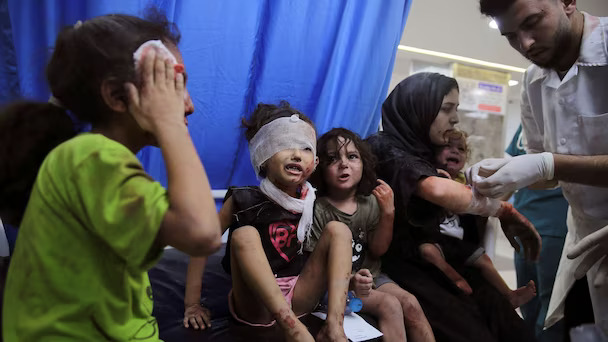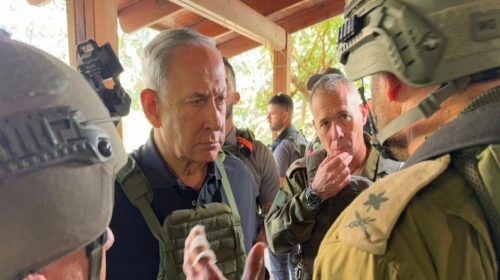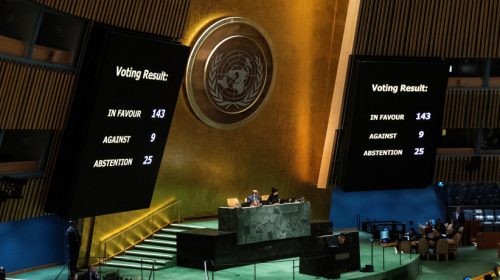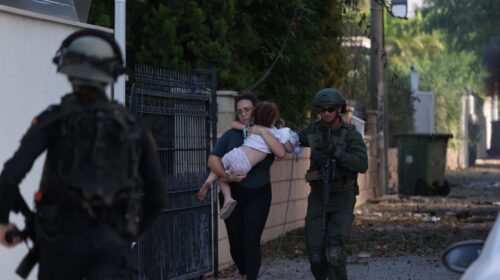A World Health Organization official on Wednesday described dire conditions in the Gaza Strip’s remaining hospitals, where patients are “waiting to die” due to extreme shortages of staff and supplies.
Emergency medical team coordinator Sean Casey said that during some five weeks he spent in the war-torn Palestinian territory, he saw hospital patients “every day with severe burns, with open fractures waiting hours or days” for treatment.
“They would often ask me for food or water — that demonstrates the level of desperation that we see,” Casey told reporters at UN headquarters in New York.
He said he was only able to visit six of Gaza’s 16 functioning hospitals, out of 36 that existed before the war broke out.
“What I’ve seen personally is a rapid deterioration of the health system alongside a rapidly increasing level of humanitarian aid and diminishing level of humanitarian access particularly to areas in the north of the Strip.”
He described seeing patients in the north who were “basically waiting to die in a hospital that has no fuel, no power, no water.”
“We tried every single day for seven days to deliver fuel and supplies to the north to Gaza City,” Casey said. “Every day, those requests for coordinated movements were denied.”
The hospitals are facing a deluge of patients while operating with minimal staff, many of whom — like the vast majority of Gaza’s population — have been displaced from their homes, Casey said.
“Hospital directors were telling me how their surgeons, plastic surgeon, for example, could not do surgery, because he was out collecting sticks to burn his firewood to cook for his family.”
Fighting has ravaged Gaza since Hamas’s unprecedented October 7 attacks on Israel that resulted in the death of about 1,140 people, mostly civilians, according to an AFP tally based on official Israeli figures.
At least 24,448 Palestinians, about 70 percent of them women, young children and adolescents, have been killed in Israeli bombardments and ground assaults, according to the Gaza health ministry’s latest figures.
Hamas and other militants seized about 250 hostages during the October 7 attacks, and around 132 remain in Gaza, including at least 27 believed to have been killed.
Echoing similar calls by WHO chief Tedros Adhanom Ghebreyesus, Casey said the most critical need in Gaza “is really a ceasefire.”
“Everything short of that is simply addressing needs on a day by day basis.”
In the south, Casey said he visited the Nasser medical complex, where “they had only 30 percent of their staff remaining and about 200 percent of their bed capacity — so patients everywhere in the corridors on the floor.”
“I went to the burn unit where there was one physician caring for 100 patients,” he said.
The “humanitarian catastrophe that’s unfolding every day is getting worse and worse” Casey said, in addition to “the collapse of the health system day by day.”


